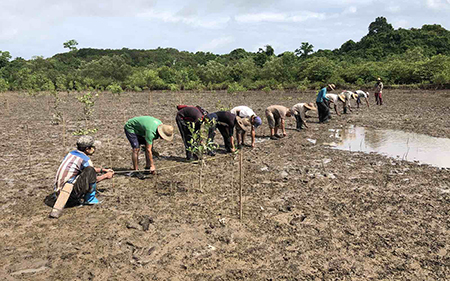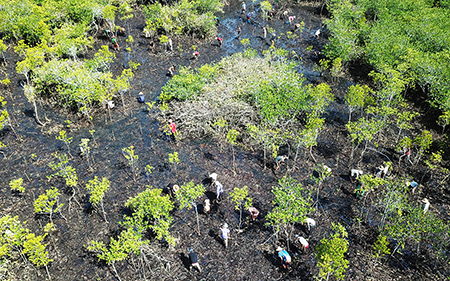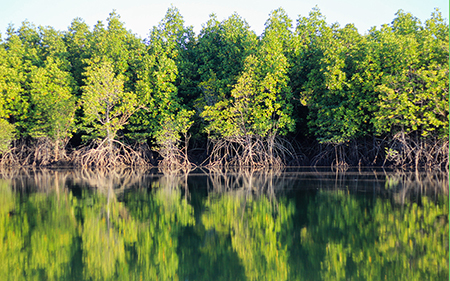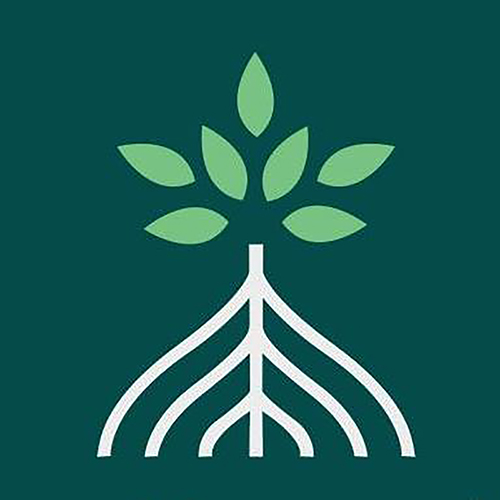Introduction to the advanced course:
Approximately 60% of the global population lives in coastal areas. While we feel the impacts of climate change worldwide, the coastal region is particularly vulnerable due to factors such as rising sea levels, cyclones, and tsunamis.

Read more:-
Many scientists, global representatives, and county officials are working to protect these regions from disasters. Mitigation and adaptation are the primary strategies for addressing climate change issues. However, implementing the adaptation strategy to handle coastal disasters, including sea-level rise, cyclones, and tsunamis, takes time and effort. Therefore, mitigation is becoming the most crucial approach for addressing climate change disasters in coastal areas. Mangroves are the most efficient and cost-effective option on a regional and global scale. Unfortunately, the world has lost nearly half its mangrove forests over the past century. Therefore, mangrove restoration and conservation are now critical.
Restoring mangroves can significantly reduce CO2 levels in the air. Due to their superior ability to store carbon beneath the soil, they have a carbon storage capacity of 3-5 times that of terrestrial forests. Therefore, mangroves are vital in mitigating global climate change issues.


In the case of mangrove restoration, the mangrove plantation method is commonly used worldwide, while the ecological mangrove restoration method is effectively employed later, based on the paradigm that natural regeneration of mangroves is superior for restoring these ecosystems.
Restoration through the plantation method often proves unsuccessful, and many researchers have highlighted the high failure rates of mangrove plantations. This failure is typically attributed to an insufficient understanding of the ecological niches of each species, challenges in site and species selection, and other coastal environmental factors.

The course objectives:-
This course aims to bridge these knowledge gaps and increase the success rate of mangrove plantations by promoting high survival and growth rates.
Read more:-


The courses will provide all necessary guidelines for implementing large-scale mangrove restoration and rehabilitation projects. It will share technical know-how and practical experiences from the experienced planters in WIF’s projects. We will introduce applicable procedures and methodologies to get carbon credits from a certified body. Based on our ten years of project implementation, we will share how to implement projects on coastal environment conservation, its bio-diversity, and the example of vital livelihood projects to benefit poor communities.

Participants for this course:
The course is designed for individuals with a basic understanding of mangroves, restoration, conservation, and coastal environments.
Read more:-
It is intended for those who are eager to learn precise methods and techniques for mangrove plantation and restoration. Additionally, it aims to provide detailed knowledge and practical skills to leaders involved in implementing mangrove restoration and plantation projects.


Course learning:
The course consists of 10 modules. We offer articles to read, videos to watch, notes to write, a discussion board to join, and puzzles to solve. Learners can study independently, but joining in the discussions will help you learn more.
Read more:-


As a note, the course was primarily developed based on the lifelong expertise of Mr. Win Maung, a mangrove expert from Myanmar. Some cases will be explained using information from Myanmar through experiments and implementations of mangrove rehabilitation. This is intended to enhance the participants’ effective learning and ability to follow the modules.

